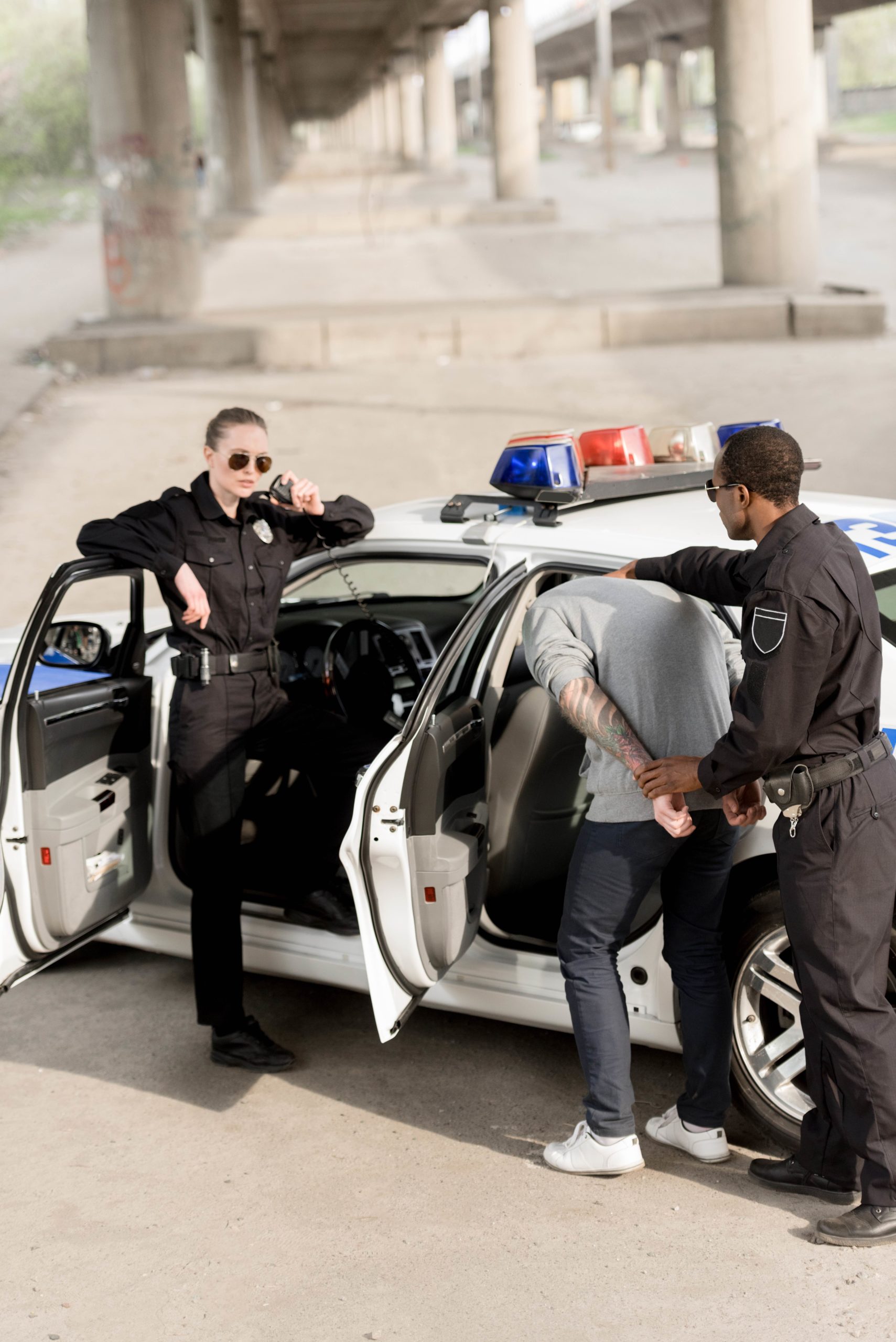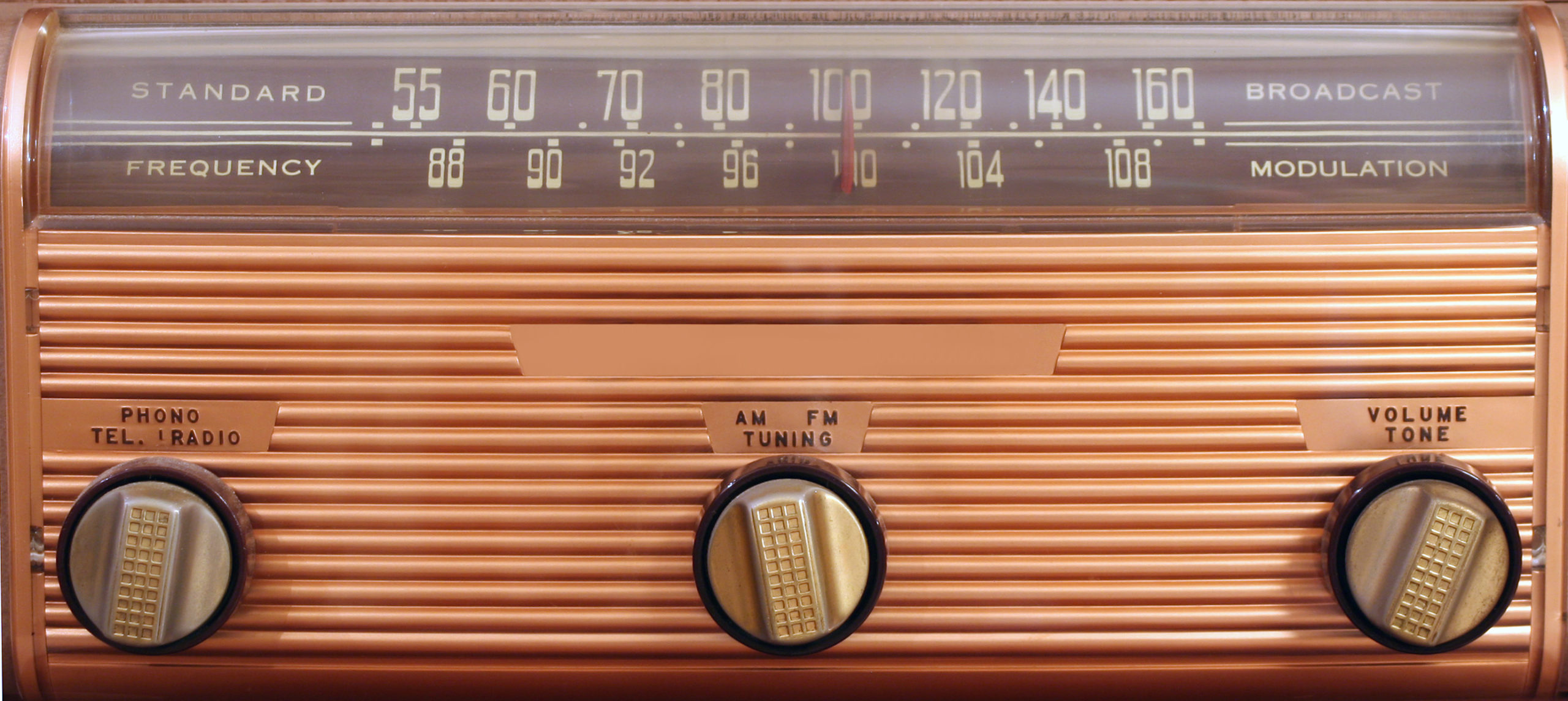
What Is P25?
Project 25 (P25) is a suite of standards developed to provide digital voice and data communication systems suited to public safety and first responders. Project 25 was initiated by the Association of Public Safety Communications Officials, or APCO. APCO International is the world’s oldest and largest organization of public safety communications professionals.
Since 1935, APCO International have run a series of projects aimed at solving unique problems telecommunications professionals encounter. Project 25 concerns the development of a standard for digital radio equipment embracing the public safety-focused features of interoperability, spectrum efficiency, and cost economies.
An important feature of P25 is that the development is user-driven. The needs of public safety professionals are paramount. Project 25 is not finished, as the standards are constantly being enhanced and refined as new requirements are identified.

Another key aspect of P25 is the importance of migration strategies and backwards compatibility with existing equipment. Digital P25 radios even include an analog mode of operation that is compatible with existing FM radio equipment.
The Telecommunications Industry Association, or TIA, formulates and maintains the TIA-102 series of standards for APCO P25, on behalf of APCO International.
The Project 25 standards enable interoperability among multiple manufacturers of P25 products. This results in a greater range of products, both mobile and portable radios used by front line staff and also the network equipment, stored on hilltops and in dispatch centers.
Multiple manufacturers allow for price competition, both during the initial tender for a new radio system and throughout the life of the system as it’s expanded and maintained. It also allows for different agencies to communicate together, even if they’ve purchased their P25 equipment from different vendors.

P25 Pros and Cons:
1) Open Standards:
P25 is an open standard, and this provides choice and price competition. An open standard also means interoperability. This is the ability for different vendors’ radio equipment to work together, but it also means that different agencies and teams can communicate.
2) Price Competition:
Having a range of vendors to choose from results in price competition, both at the time a new network is installed, and throughout the life of the system as it expands or parts get replaced.
3) Migration path:
Phase 1 P25 digital radios included an analog FM mode of operation, allowing communication with older analog FM radios. This allowed P25 to be rolled out in a staged process. Perhaps the network equipment was upgraded first, and mobiles and portables rolled out later, or vice-versa.
4) Frequency efficient:
One of the benefits of moving to digital is frequency efficiency. The IRF spectrum was getting very full, and digital allowed more radio channels to be made available in the same physical location. P25 Phase 1 uses the same bandwidth as narrow band analog FM channel. P25 Phase 2 will be twice efficient as P25 Phase 1 because it uses TDMA.
5) Frequency re-use:
P25 equipment is available in many different frequency bands including VHF, UHF, 700 and 800 MHz bands. Because P25 occupies the same bandwidth as a narrow band FM radio channel, many agencies can keep their existing radio channels, and simply upgrade their equipment to P25. Alternatively, if a new radio system is being deployed, there is a large amount of flexibility to choose the frequency band that best suits the requirements of the new network.
6) Digital radio standard:
This means you get the benefits of digital audio quality. An analog FM radio system will sound more noisy and distorted, the further away from the repeater that you move. P25 digital radio systems can be designed so that within the normal operating area of the system, the audio quality is maintained at the same high level.
7) Encryption:
One of the key requirements is to encrypt communications, so it cannot be intercepted by a third party. This is crucial for police and tactical teams, where interception of their communications could give away their position. It’s also very important for health professionals, where medical records or medical data has to be transmitted over the air to the front line responding staff.
8) P25 Features and Services:
Many of the features and services provided by P25 are direct replacements for existing features used by public safety professionals on their existing radio network. This means that there is no change to standard operating procedures and very limited retraining on the new equipment for staff.

New Features with P25
P25 offers many new features to meet the evolving and changing needs of public safety agencies, such as the ability to carry IP data for advanced data applications, and support for GPS and location services, enhancing user safety by being able to immediately locate them in an emergency situation.
Another benefit of P25 is that it can be designed and deployed in a number of different configurations. To meet the end user needs, P25 supports simplex radio to radio operation, repeaters for expanded coverage, wide area voted or Simulcast systems, trunked operations, and can interface to a wide range of dispatcher solutions, voice recorders, and other third party applications, such as location services.




